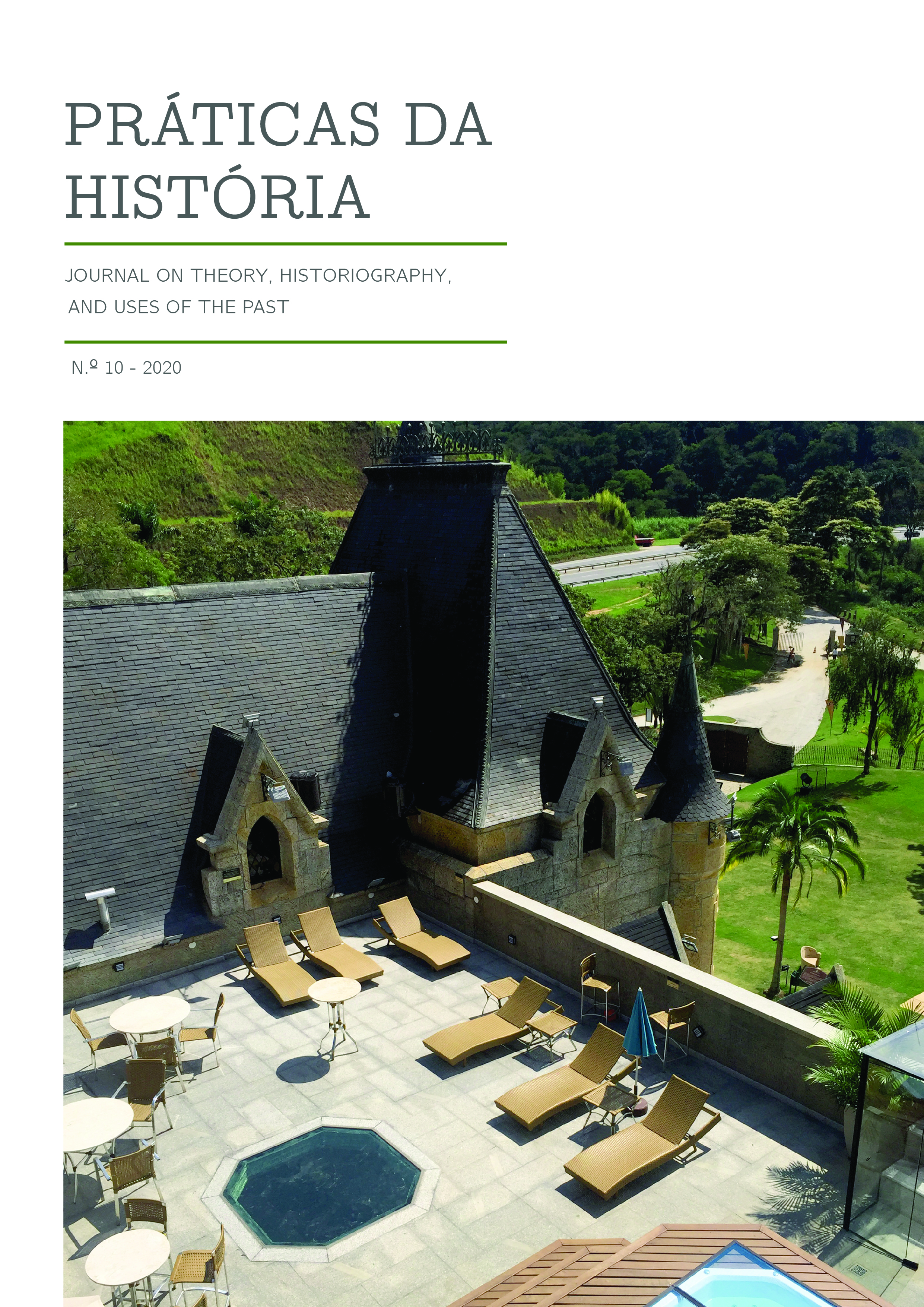O medievalismo na arquitetura brasileira do século XX: o caso do Castelo de Itaipava, Rio de Janeiro
DOI:
https://doi.org/10.48487/pdh.2020.n10.21836Palavras-chave:
Medievalismo, história da arquitetura, ecletismo, neogóticoResumo
Constituindo uma sociedade pós-medieval, o Brasil conta com uma arquitetura de “castelos tropicais” influenciada pela Idade Média europeia. Tal “gótico tropical” expressa um ideal de “aristocracia natural” de ascendentes brancos e europeus. De 1808 a 1830, o estilo eclético se deve à abertura dos portos à Inglaterra. Enfoca-se a arquitetura neogótica inglesa do século XIII do Castelo de Itaipava, projetado por Fernando Valentim e Lúcio Costa. A incursão de Lúcio Costa pelo ecletismo deriva da adesão ao estilo neocolonial e precede uma década sua inserção no movimento modernista de 1930-1940. A arquitetura eclética deste castelo neogótico expressa o romantismo do século XIX e um medievalismo europeu que se opõe ao estilo neoclássico de interpretação realista dos estilos históricos ao assimilar uma velhice autêntica de contemplação vivida da realidade histórica. A partir do espaço construtivo se desvenda a ideologia do 3.º Barão Vasconcellos, estruturada por ideais nobiliárquicos, monarquistas e arianistas vigen- tes nas primeiras décadas do século passado e na atualidade por parte da elite político-econômica brasileira.



